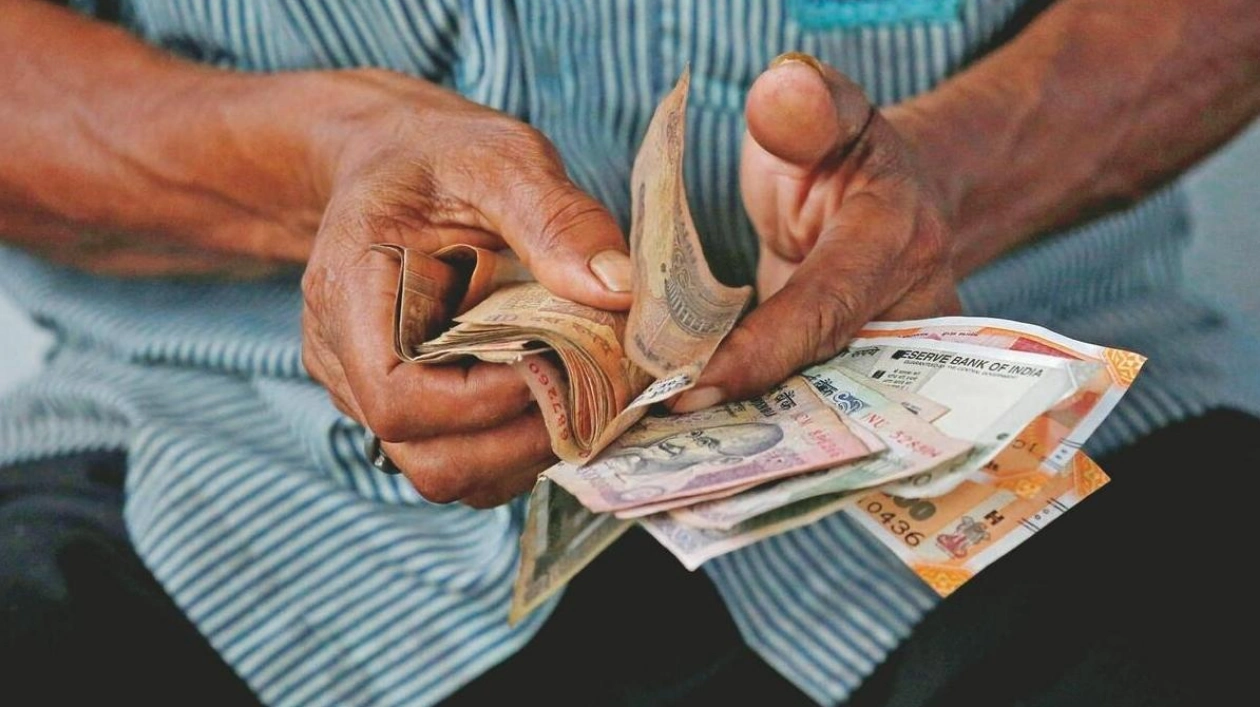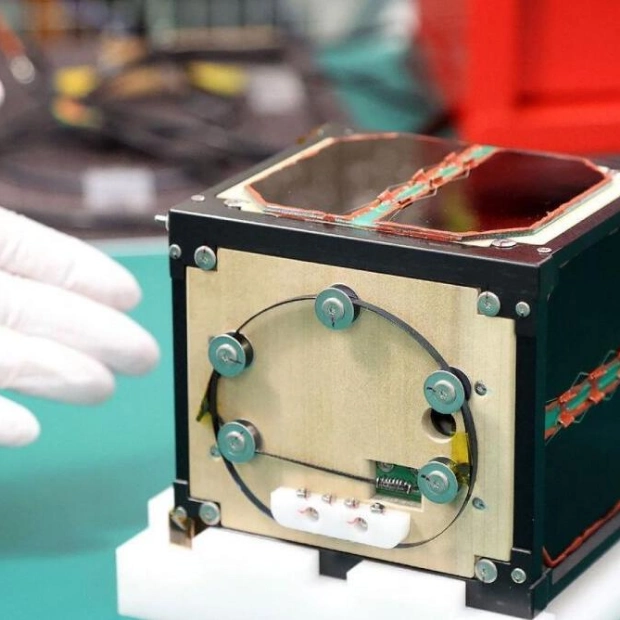The Indian rupee failed to match the gains of its Asian counterparts on Thursday, primarily due to increased demand for dollars stemming from the Indian central bank's previous intervention to bolster the rupee in response to an unexpected election result a month ago.
At the interbank foreign exchange market, the rupee commenced trading at 83.52 (Dh22.75) and continued to decline, reaching 83.54 (Dh22.76) against the dollar in early transactions, marking a decrease of 5 paise from its prior closing level. The central bank had previously intervened to support the rupee on June 4, as the currency weakened due to a narrower than anticipated victory margin for Prime Minister Narendra Modi's alliance.
This intervention in the one-month non-deliverable forwards is set to mature on Thursday, potentially driving the heightened demand for dollars, according to traders. The dollar index decreased by 0.3% on Wednesday, and Treasury yields also fell following data indicating a cooling U.S. economy, which raised expectations for rate cuts by the Federal Reserve.
Despite most Asian currencies experiencing gains of between 0.1% and 0.2%, the rupee remained unable to capitalize on these gains due to the elevated demand for dollars. The dollar/rupee fix was traded at a premium to the daily reference rate issued by the Reserve Bank of India (RBI) in the afternoon, signaling a strong demand for dollars. A senior FX trader at a foreign bank noted that although the rupee might face some pressure, the RBI, being aware of the situation, may attempt to manage and limit any further weakness.
The likelihood of a Federal Reserve rate cut in September has risen above 70%, according to CME's FedWatch tool, driven by increasing signs of weakness in U.S. manufacturing and the job market. DBS Bank stated in a note that a cooling U.S. economy would permit the Fed to initiate a calibrated easing of two rate cuts this year.






